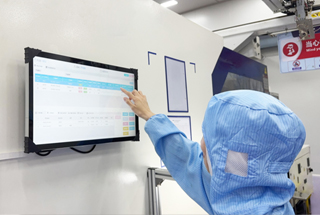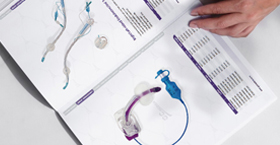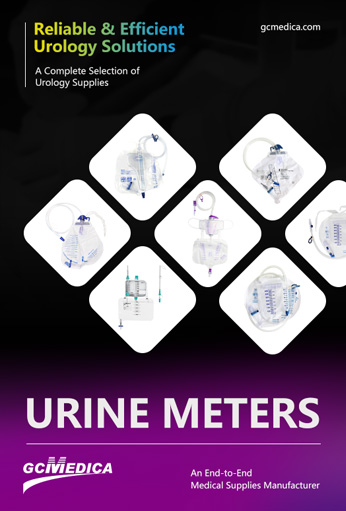In modern healthcare supply chains, urine meter bags are assigned alphanumeric product codes to standardize ordering, inventory management, and ensure clinical compatibility. A typical Urine Meter Bag Code encapsulates key product attributes—such as volume capacity, material type, drainage port design, and additional features (e.g., anti-reflux valve or mounting bracket)—into a concise identifier. This coding system enables procurement teams and clinical staff to quickly distinguish between models, minimize ordering errors, and track usage across departments.
A standard code is usually structured in four segments:
Family Prefix (e.g., UMB): Indicates “Urine Meter Bag” as the product family.
Capacity Digit (e.g., 20, 30, 40): Denotes the bag’s maximum graduated volume in hundreds of milliliters (e.g., 20 = 2000 mL).
Material & Feature Code (e.g., P for PVC, S for Silicone; A for anti-reflux valve, B for bracket).
Connector/Port Designator (e.g., L for Luer lock, S for spike, R for rubber port).
For example, UMB‑30PA‑L translates to a 3000 mL PVC bag with an anti-reflux valve and a Luer‑lock drainage port. Utilizing such a code, staff can instantly verify that they have selected a bag with the correct capacity, durability, and drainage interface for a specific clinical setting.
Below is a breakdown of a representative coding scheme:
| Code Segment | Position in Code | Description | Example Value | Meaning |
|---|---|---|---|---|
| Family Prefix | 1–3 | Product family identifier | UMB | Urine Meter Bag |
| Capacity Digit | 4–5 | Volume capacity in hundreds of mL | 30 | 3000 mL |
| Material & Feature Code | 6 | Base material and optional features | PA | P: PVC; A: Anti‑reflux valve |
| Connector Designator | 8 | Type of drainage port or connector | L | L: Luer‑lock |
Key Benefits of a Standardized Coding System
Efficiency in Ordering: Reduces time spent verifying bag specifications and minimizes back‑orders due to miscommunication.
Inventory Control: Facilitates automated stock monitoring and re‑order point notifications.
Clinical Safety: Ensures correct interface compatibility (e.g., Luer‑lock vs. spike) to prevent leaks or misconnections.
Regulatory Compliance: Aligns with hospital catalog systems and international device classification frameworks.
Implementation Considerations
When designing or adopting a urine meter bag code scheme, healthcare organizations should:
Align codes with existing product catalogs and EMR procurement modules.
Train staff on code interpretation, possibly via quick‑reference guides at supply stations.
Periodically review and update codes as new materials or connector types become available.
Incorporate barcode or RFID tagging that mirrors the alphanumeric code for seamless scanning.
In summary, a well‑structured urine meter bag code serves as a vital communication tool among manufacturers, supply chain personnel, and clinical teams—streamlining procurement processes while safeguarding patient care through precise device selection.
| Closed Urine Meter System > |


 Français
Français Español
Español Products
Products

 About Us
About Us












